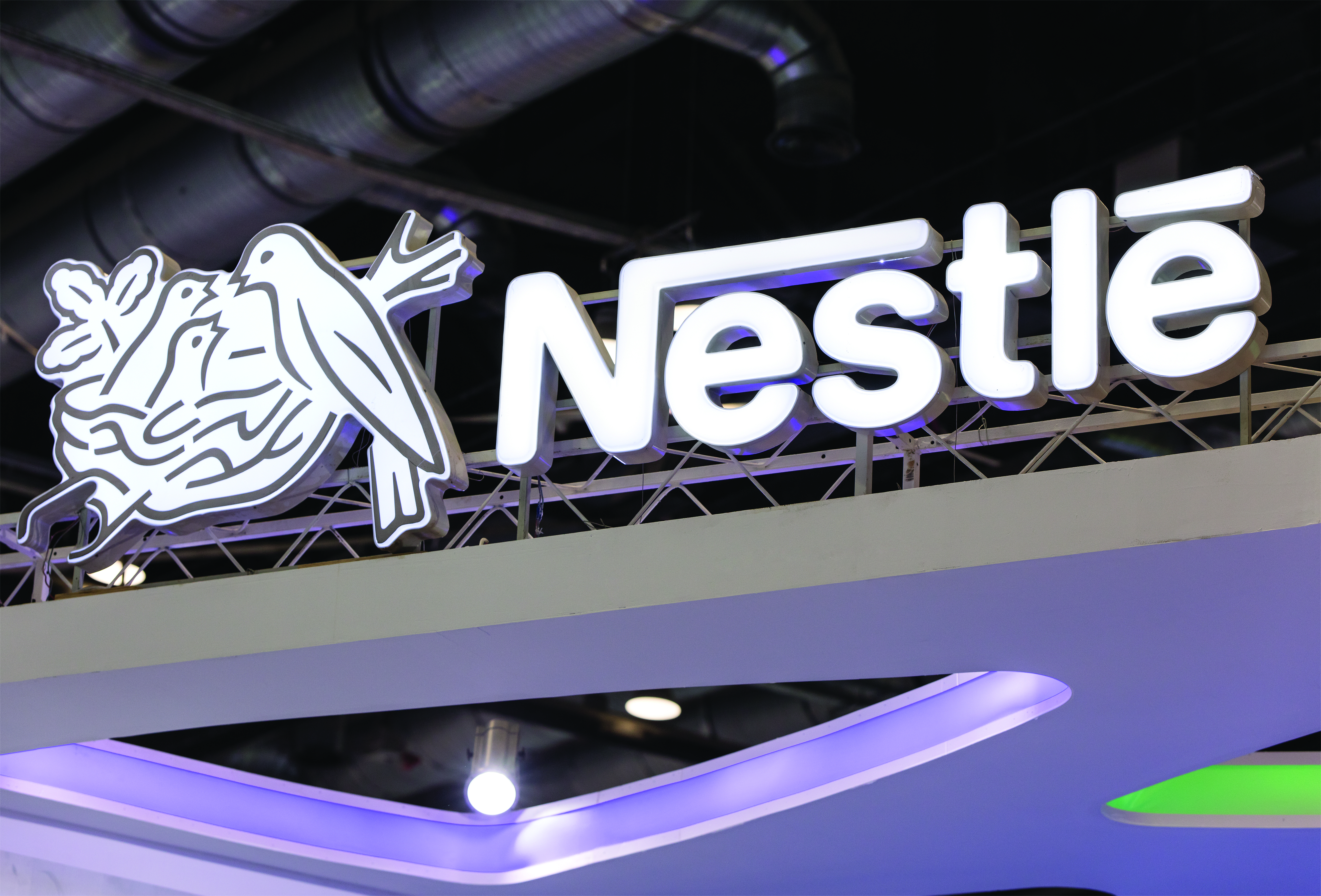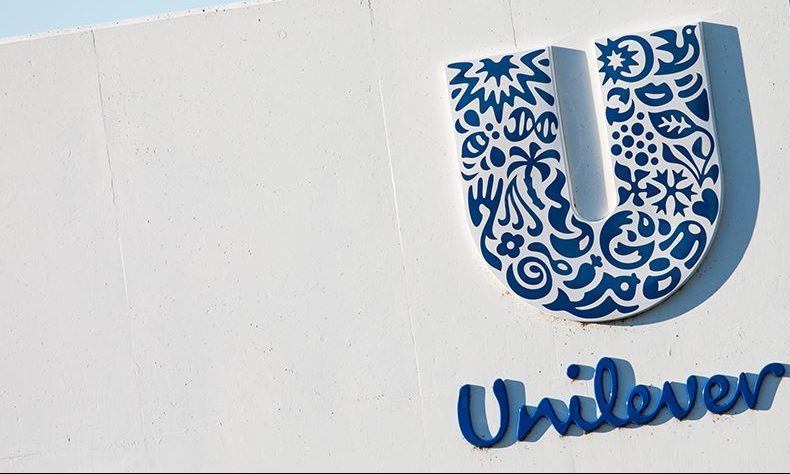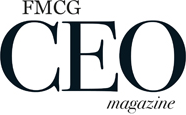Like many sectors, FMCG businesses have not escaped the challenges and disruption caused by Covid-19. OC&C’s Global 50, an annual report examining the financial performance of the world’s largest 50 FMCG companies, revealed the sector’s major players endured a modest 2020, with revenue growth falling to its lowest level since 2016. Companies in the Global 50 who benefitted from the boom in grocery sales saw their profits offset by multinationals more exposed to the vast shutdown of the global economy.
Further challenges are on the horizon, particularly for companies continuing to navigate the worst of the pandemic, while an incoming wave of inflation is set to put pressure on already squeezed bottom lines. However, the sector heavyweights have by and large shown resilience to these external pressures and have withstood the challenges more ably than smaller insurgents.
Collective revenue growth among the Global 50 was just 1.1 percent, down from 3.9 percent in 2019, while profit margins fell by 0.3 percent to 18.4 percent. Organic growth was also sluggish at 1.7 percent. However, upon closer inspection these figures mask significant variation in the individual fortunes of the Global 50, as COVID-19 has unquestionably brought winners and losers to the FMCG sector.
The undisputed victors were those operating in the food and drink industry, with revenues collectively increasing by 4.7 percent. Indeed Tingyi, the Chinese noodle producer who has entered the Global 50 for the first time, posted annual revenue growth of 10.2 percent, largely thanks to the business capitalising on favourable market conditions for its core offering. Tingyi also invested heavily in its online platform and digital marketing, and as a result the company is likely to become a regular fixture in the Global 50. Exploiting the same trends were Wilmar International, who’s focus on health foods resulted in takings increasing by over a fifth (21.2 percent), the highest increase among the Global 50. However, the picture was far from rosy across the board. Nestlé, who again topped the Global 50 rankings, suffered an 8.9 percent downturn due to a sizeable exposure to out-of-home sales via cafes, while Unilever and Danone suffered similar fates.

The precise conditions that Tingyi and Wilmar benefitted from had the opposite effect on the alcohol sector, while major players in cosmetics also suffered. LVMH, Heineken and AB InBev were the most prominent casualties, with revenues declining by 19 percent, 18 percent and 10 percent respectively. Clawing back these losses will be reliant on a return to the profit margins afforded by out-of-home purchases.
The report also showed a sizeable drop off in M&A activity, both in terms of total transaction value and the size of deals. The average deal size almost halved from $0.94bn in 2019 to $0.49bn in 2020, while the total value of deals came to $22bn, the lowest in over a decade. This is not overly surprising given the prevailing sense of caution that dominated the industry – of those that did engage in M&A, this was often in the interests of protecting bottom lines, with Kraft Heinz and AB InBev among those spinning off assets.
The reduction in 2020 is striking, particularly so given that the $22bn figure is less than half that of 2019 ($48bn) and less than a tenth of the 2015 figure ($226bn). However, the market appears to be self-righting itself in 2021. Nestlé have made an eye-catching $5.8bn acquisition of supplements business The Bountiful Company while the two of the big four UK supermarkets – Morrisons and Sainsbury’s – have been the subject of sizeable acquisition attempts from private-equity backed consortiums, itself an emerging M&A trend as companies seek to rebound from Covid.

Amid dwindling revenues many brands used 2020 to look towards the long term by responding to the changing needs of consumers, such as pushing new sustainability pledges and investing in ecommerce channels. An OC&C survey conducted as part of the report found that 86 percent of consumers are likely to continue with pandemic shopping habits. The report also showed evidence of a greater emphasis on sustainability issues now than before COVID-19, with a particular increase on social and community issues. Proctor & Gamble’s pledge to spend $200m to work with women-owned businesses by 2025 and L’Oréal now generating a quarter of sales revenue from its online capabilities show how the larger players are taking note and implementing action.
With the developed world now ramping up operations to pre-Covid levels, attention is turning to what the new normal looks like for the sector, where many more challenges lie in wait – some of which are more predictable than others. One of those that businesses can realistically prepare for is the fresh wave of global inflation, which according to the report is predicted to stand at 4 percent for 2021. This rise will also be at a far higher rate for some important commodities, such as food ingredients, plastics and transport.
These price rises will be significant but are nothing new for the sector, having contended with similar (and likely larger) spikes in 2008 and 2011, and the Global 50 will be confident they can withstand these pressures. Major companies also typically have a strong record for passing on inflationary pressures to consumers. In the UK, suppliers were able to pass on £5.6bn of the £5.7bn of commodity-driven inflation to retailers in 2008 and £3bn of the £3.3bn in 2011.

Indeed, the pandemic has allowed multinationals to extend or restore market share from smaller, younger insurgents, with multinational share change improved in all sectors, aside from personal care in 2020. This is in part due to consumers seeking out trust and reliability in their pandemic purchases which typically meant a gravitation to the familiarity granted by established brands. Thanks to economies of scale, larger companies will also be better placed to absorb losses and challenges afflicted by continued supply chain disruption and labour shortages, which remain a very real problem for the entire sector.
The prevailing view is that business conditions presented by COVID-19 were beneficial to global FMCG suppliers, but the Global 50 has shown this was far from the case for many. The likes of LVMH, AB InBev and Nestlé experienced unprecedented declines and pressure to their bottom lines, and continued uncertainty means 2021 has been another challenging year. However, the sheer scale of some of the largest players means the worst problems have mostly been felt further down the chain. So, while the order of the Global 50 saw a significant reshuffling in 2020, they remain far ahead of the pack.

Will Hayllar, Global Managing Partner, OC&C Strategy Consultants
Will specialises in Consumer Goods, his areas of particular expertise include applying end-game thinking to develop growth and competitive strategies that capture the true value creation potential of businesses. He also works with corporate and private equity clients on all stages of the transaction lifecycle, from opportunity identification through acquisition and ultimately divestment.




